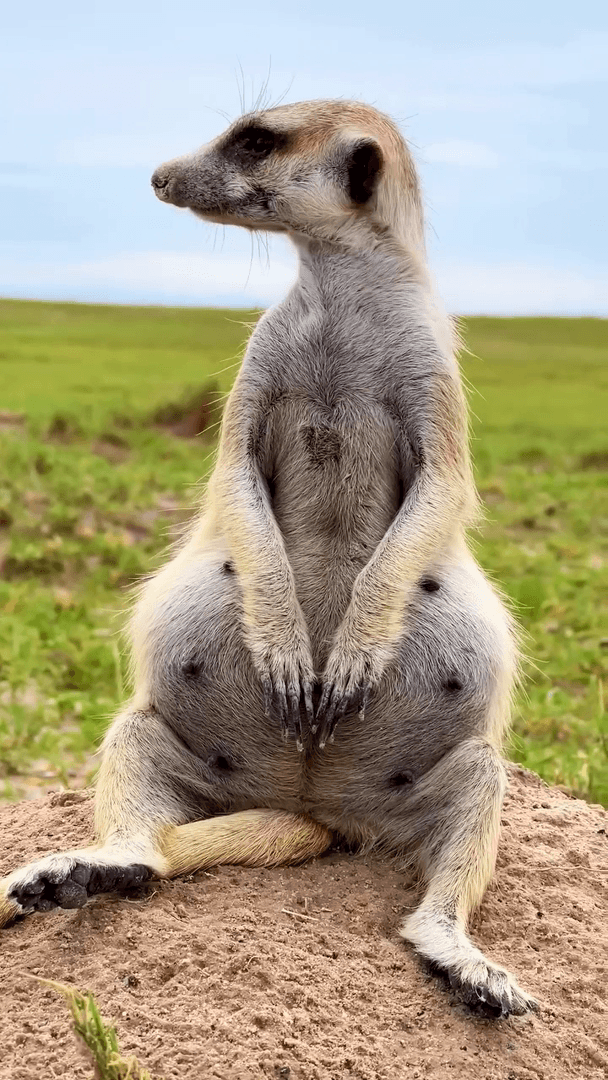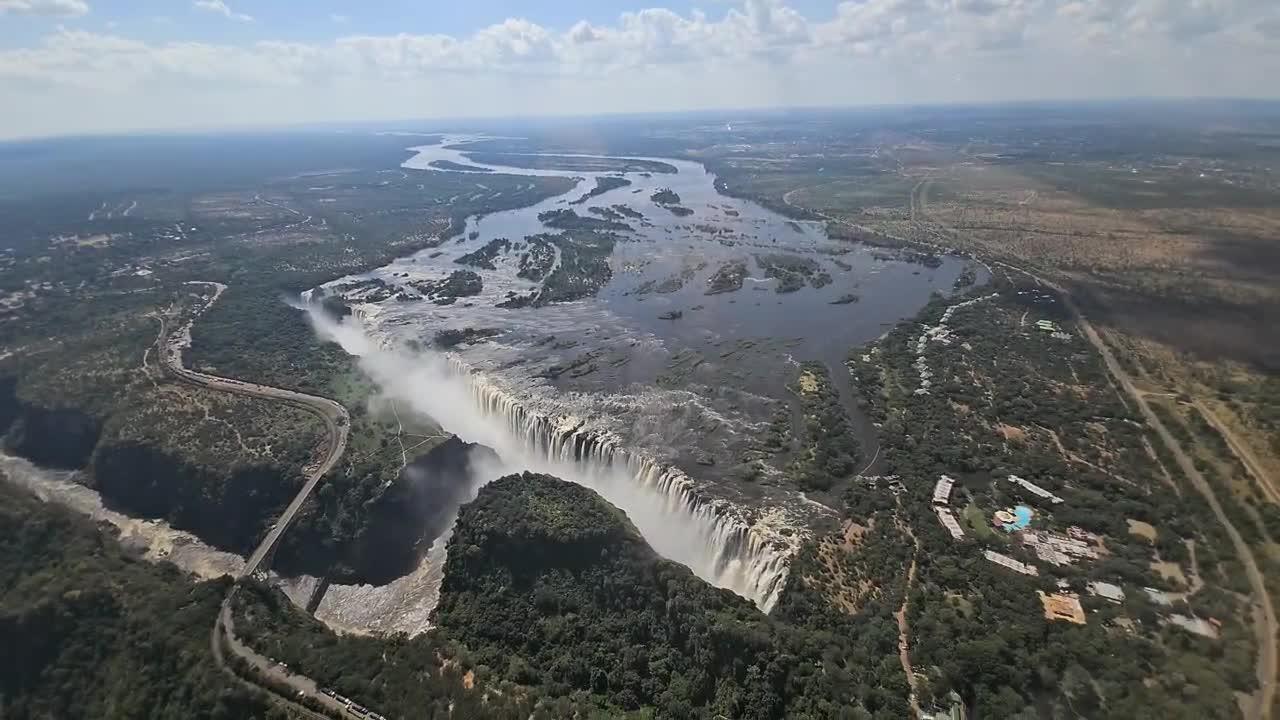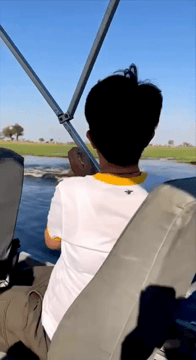
Explore Tasman hunting regions: a blend of beauty and adventure, seasonal hunting schedules and hunter demographics Terrain and natural properties of the region that inspire hunting From the mountain ranges of Kahurangi National Park to the Motueka and Buller river valleys, the Tasman region is renowned for its contrasting landscapes. Mountain ranges with elevations of up to 1800 metres provide ideal conditions for hunting ungulates, while dense forests and alpine meadows provide camouflage and surveillance. A significant part of the territory (about 30 per cent) belongs to protected areas, which guarantees the preservation of ecosystems. The climate is temperate, with warm summers (up to +25°C) and mild winters (up to +5°C), which allows hunting all year round, taking into account seasonal restrictions. Hunter demographics in Tasman According to the 2023 Department of Conservation (DOC) data, there are approximately 1,200 active hunters registered in the region , of which 70% are lo
Post: 16 May 11:19















































